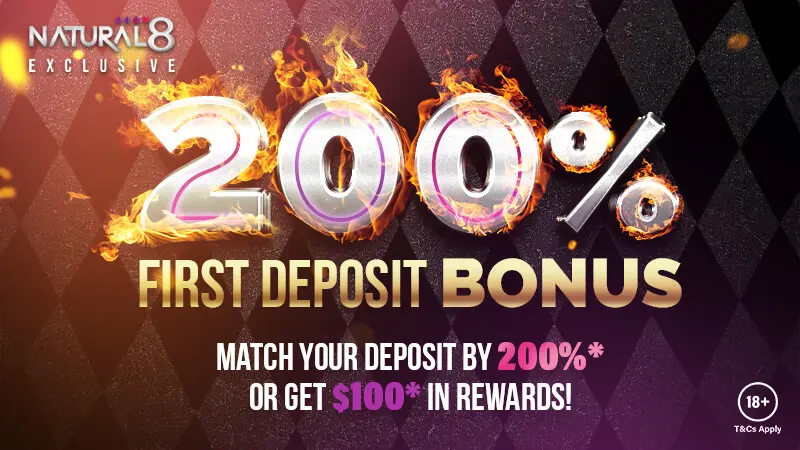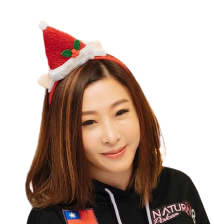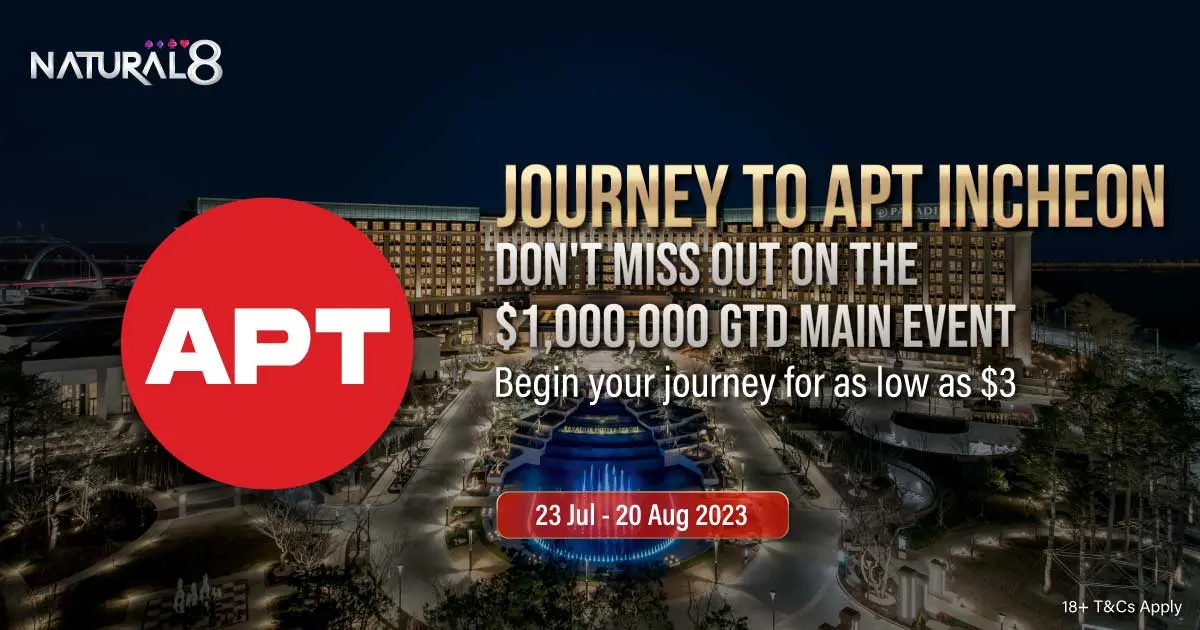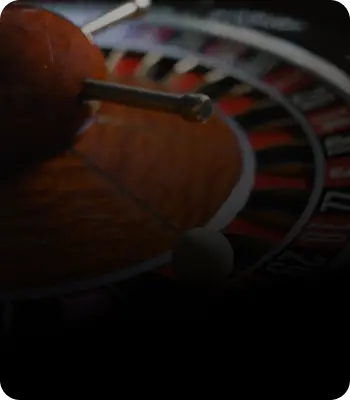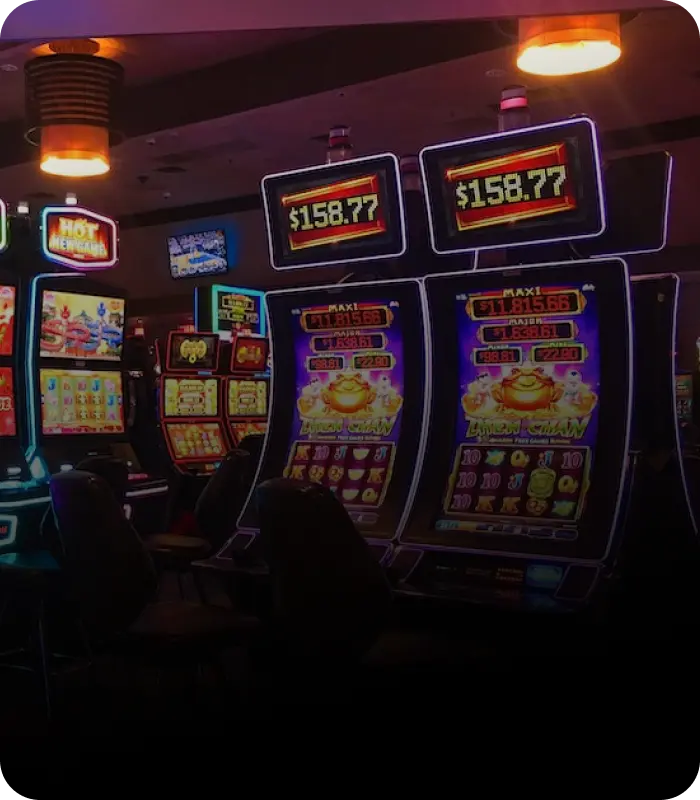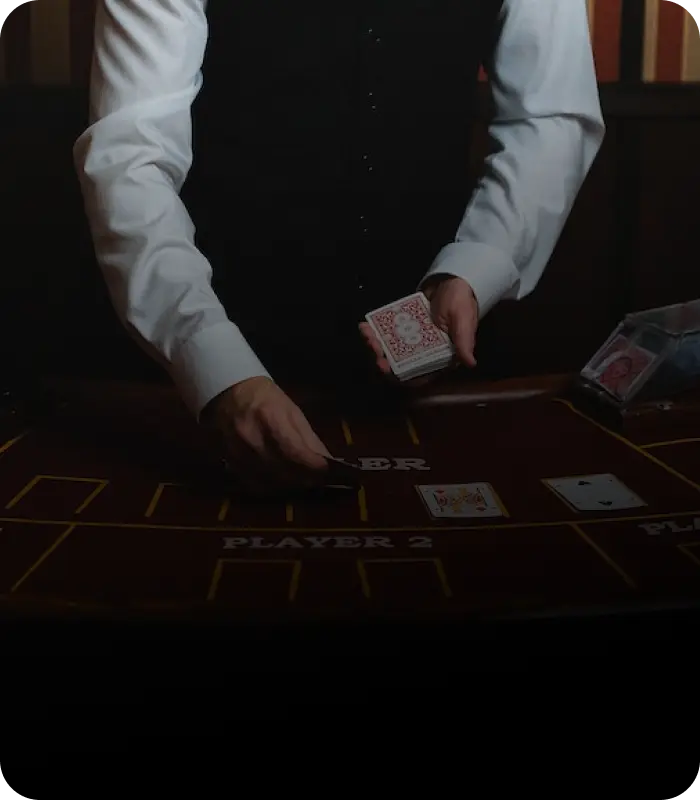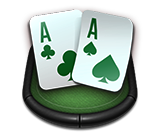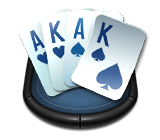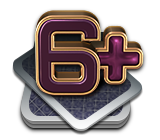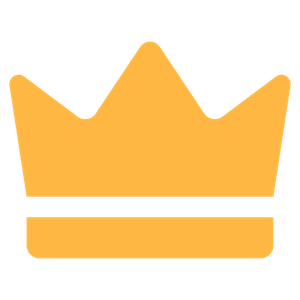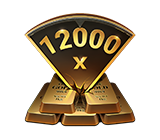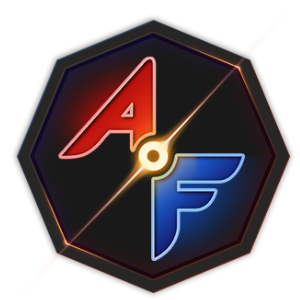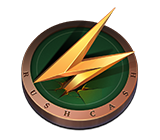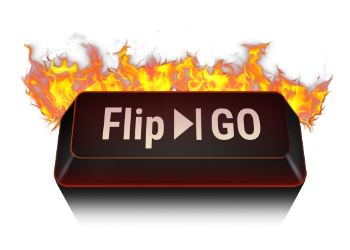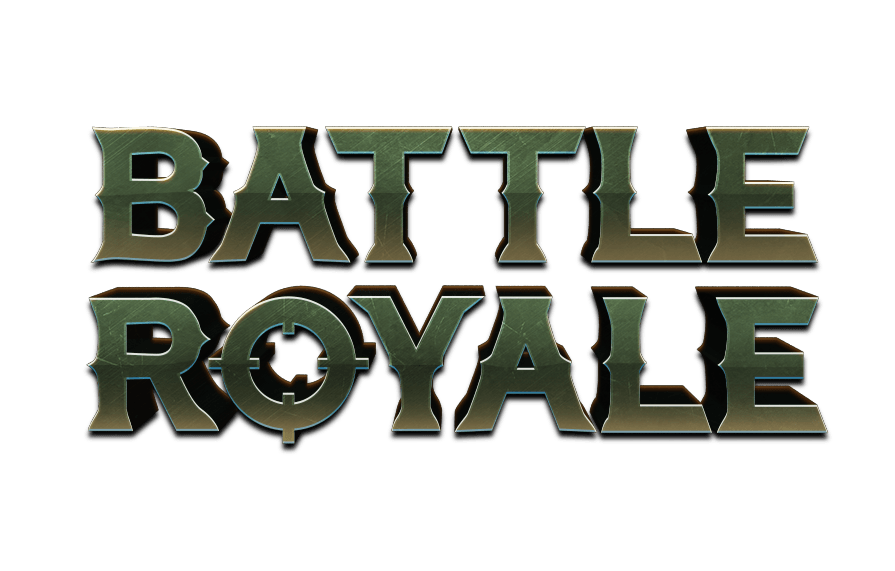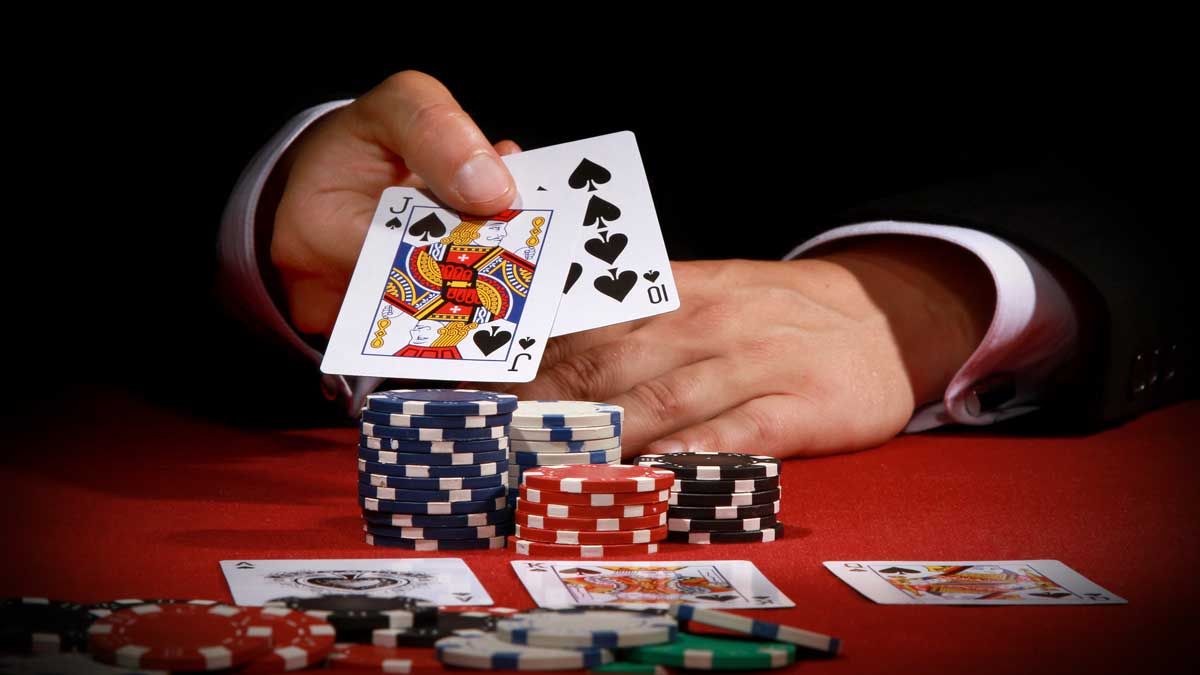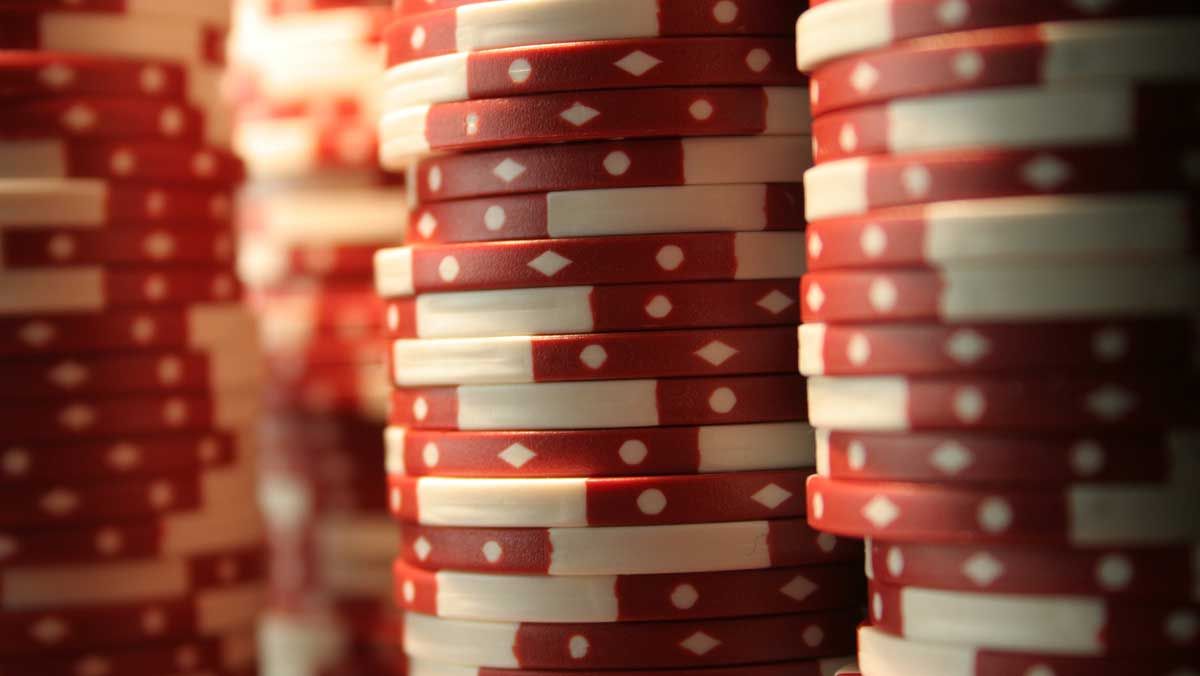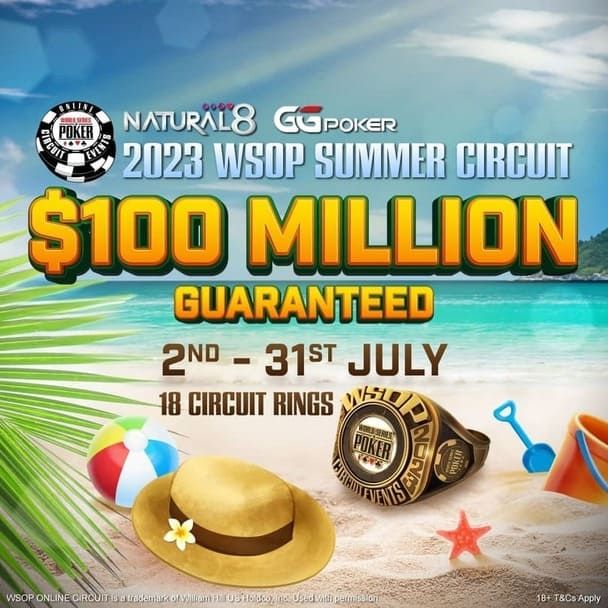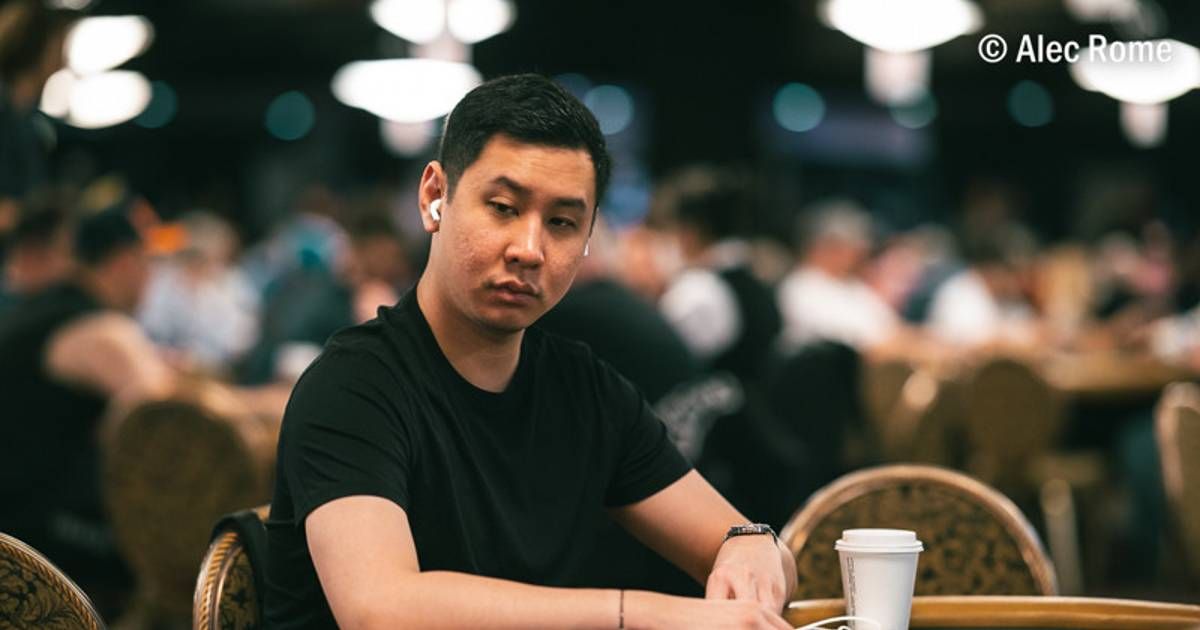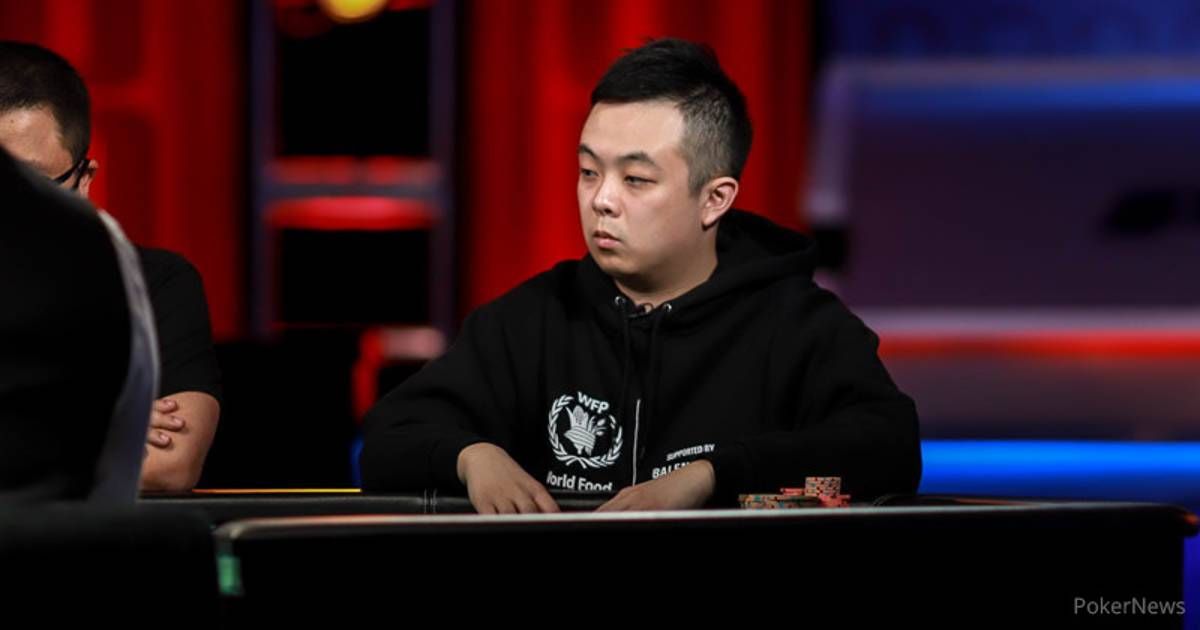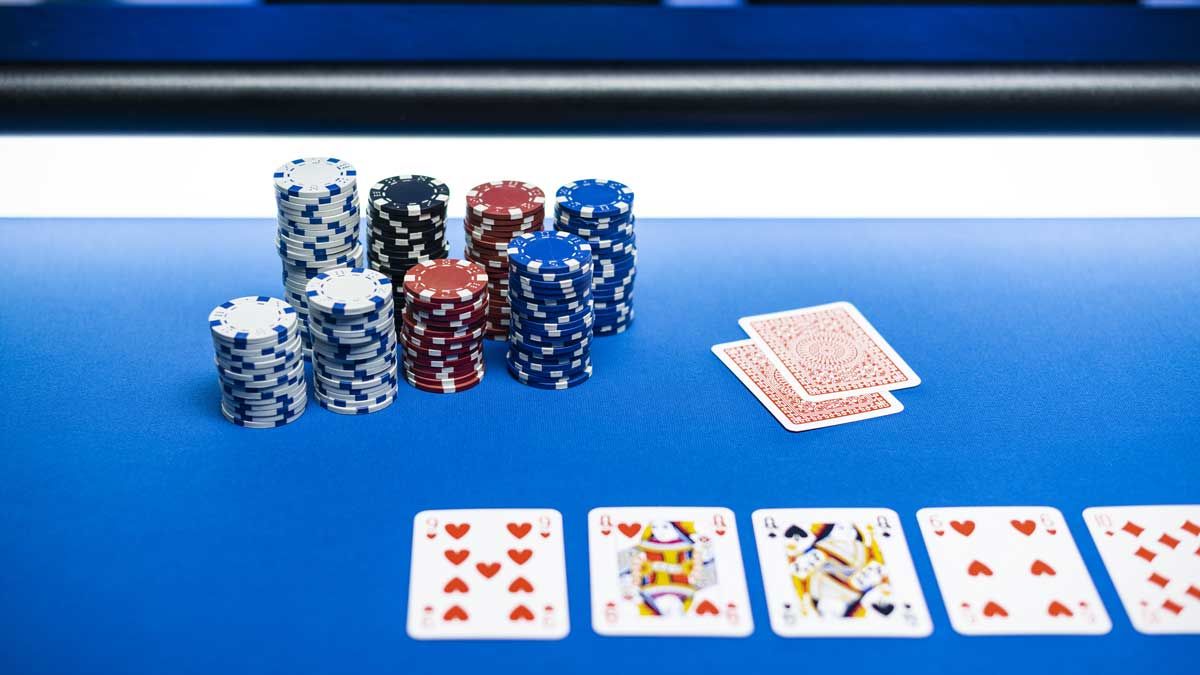
In our latest article, we’re going to talk about board texture in Ambassadors iis7站长之家. Aside from receiving your initial two cards, the flop is the most important element in determining how to play a poker hand. It not only defines your strategy for the rest of the hand but also your bet sizing and frequency. Therefore, it’s important to know how to respond to various flop textures.
Types Of Board Textures
When the flop is dealt, the exact makeup of those three cards will drive all of your remaining decisions in the hand. The board will always have one of four possible textures:
Paired: As in, the board contains a pair. For example, K-K-3;
Rainbow: A rainbow flop features all different suits, like A-7-6;
Monotone: When the flop has three of the same suit, for instance, Q-8-3;
Two Tones: There are two suits present on board, such as J-9-2.
Let’s look at each texture in a little more detail now, along with some advice on how to play in each spot.
Paired Boards
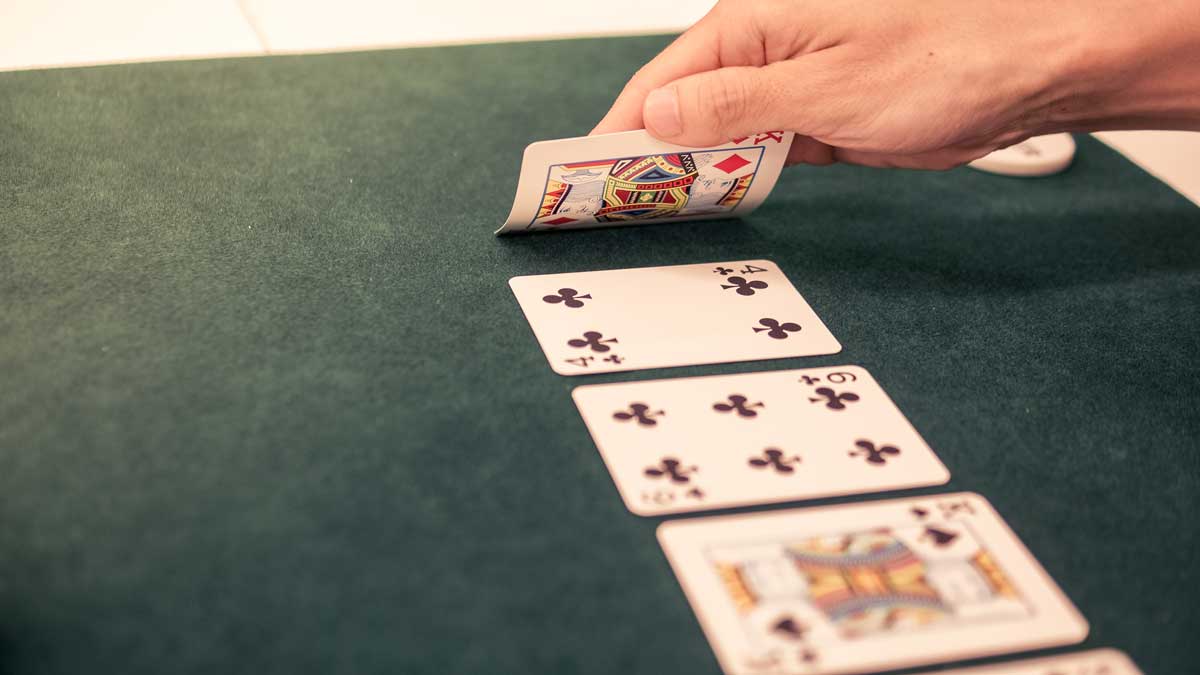 The board will be paired more often than you might think. Around 17% of flops will contain a pair. If it doesn’t, then the turn card will pair the board roughly 19% of the time and the river around 26%.
The board will be paired more often than you might think. Around 17% of flops will contain a pair. If it doesn’t, then the turn card will pair the board roughly 19% of the time and the river around 26%.
It’s best to have a plan at hand since we’re going to see this kind of board texture quite often. Especially since the average poker player never seems to know how to deal with this situation. Most players approach such a flop with caution when aggression is actually the correct response.
It’s really hard for anyone to genuinely have a piece of this type of board. If you have raised preflop, you can confidently make a continuation bet. But keep the bets on the smaller side. If your opponent has nothing, they’re going to fold anyway, so bigger bets are unnecessary. You will only get a call if someone’s ahead.
Even if you’re out of position, c-bet frequently. Most players don’t know how to play these spots, so this will likely force them to decide right there and then whether or not they have gotten a piece of the flop.
Rainbow Boards
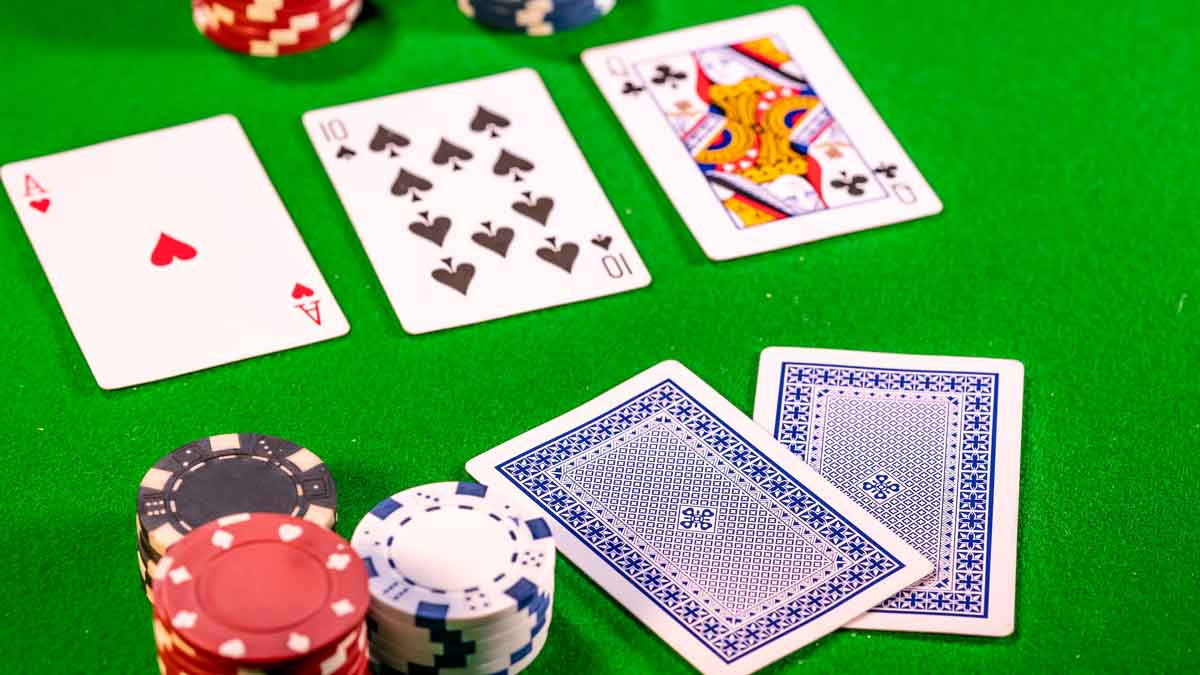 When the flop contains three different suits, there obviously cannot be any serious flush possibilities. At this point, all players have their options reduced when it comes to aggression, as they are less likely to have a piece of the flop. As a result, this type of board is usually a simple one to play.
When the flop contains three different suits, there obviously cannot be any serious flush possibilities. At this point, all players have their options reduced when it comes to aggression, as they are less likely to have a piece of the flop. As a result, this type of board is usually a simple one to play.
When you are in position as the preflop raiser, this flop texture is a standard c-bet situation, much like a paired one. However, if the board is connected, as in there are some straight possibilities, be more cautious when your c-bet is called. You can check even if you have an overpair in that spot.
If the board is disconnected, you can mix in a few more check-raise bluffs. An average opponent is likely to bluff too often after you check. They will likely make a mistake in response to your check raise.
Monotone Boards
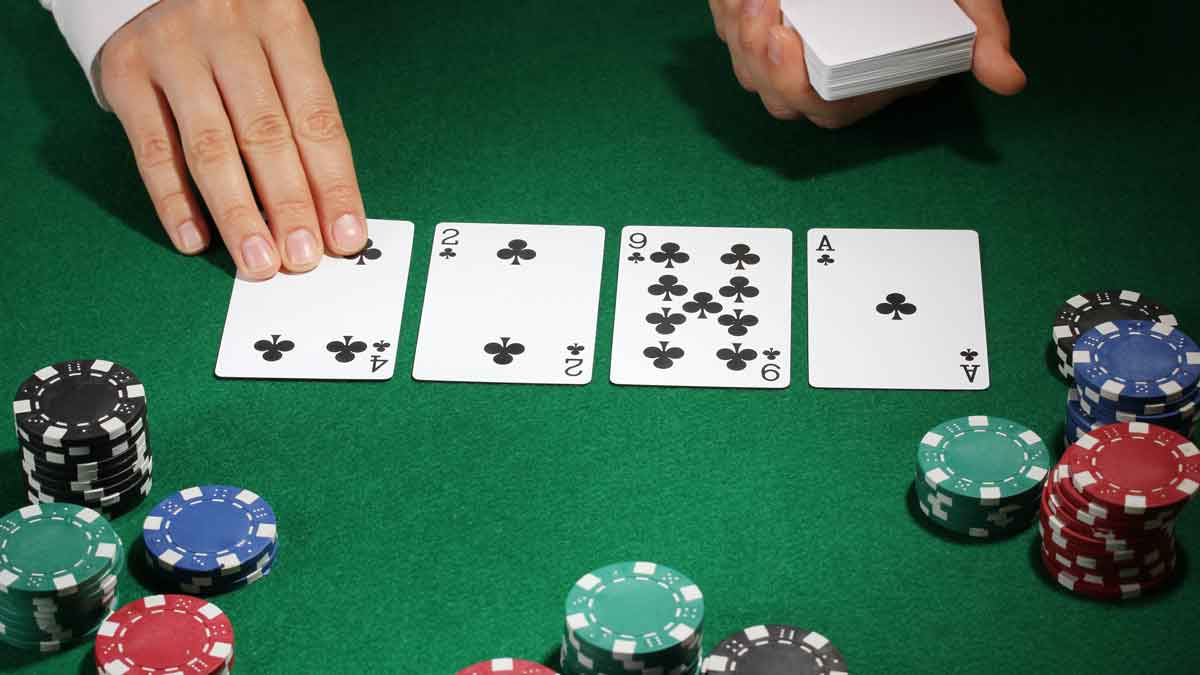 This kind of board texture requires a more negative approach. Since the threat of a flush is so big, the relative strength of your usual hands falls considerably. Even a hand with two pairs is on shaky ground.
This kind of board texture requires a more negative approach. Since the threat of a flush is so big, the relative strength of your usual hands falls considerably. Even a hand with two pairs is on shaky ground.
If you do have a flush or a big flush draw, it’s not going to be hard for your opponents to work it out. So, don’t expect much action. In short, you should slow down a lot in all such situations and look to check most of the time, regardless of your position.
Check all medium to weak hands. If you do make a flush, look to value bet. However, don’t bluff unless you can backdoor a strong hand.
Two-Tone Boards
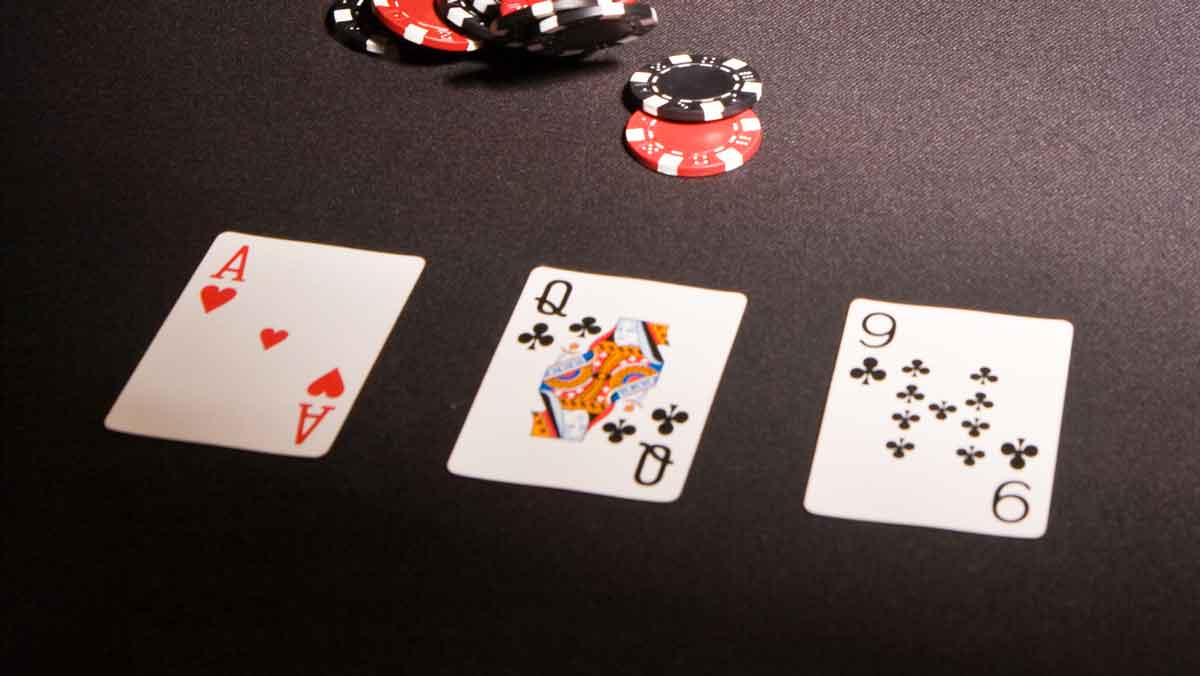 Perhaps the most difficult board texture to play, particularly if the flop is also connected. With this board, your opponent’s calling range tends to be greater, and there’s a stronger chance that any continuation bets will be raised.
Perhaps the most difficult board texture to play, particularly if the flop is also connected. With this board, your opponent’s calling range tends to be greater, and there’s a stronger chance that any continuation bets will be raised.
When a two-tone board also features the possibility of a straight, polarise your range. Bet a smaller section of your possible hands with a larger size of the bet, offering poor pot odds to anyone who wishes to draw.
If your opponent takes the initiative, there’s no real need for you to defend too much. The average player will bluff a lot less in this spot, so only continue with good hands.
If we’re facing a disconnected two-tone board, our opponent will often have a hand that misses the flop but has some equity. For instance, overcard and backdoor flush draws. So, the idea should be to c-bet frequently with a small bet, much like on a rainbow flop. We want to get them out of the hand, or at least make them pay.
Final Word
Board texture might not be the easiest thing to understand, but it’s not impossible to master. With enough practice and experience, you will soon be able to change your strategies based on the board texture with just a snap of your fingers. So, why wait? Sign up for a free account with Natural8 today and start practising!

